
To discover, understand, and compare/contrast cultural conventions in the target culture with students’ culture.
- Subject:
- World Languages
- Material Type:
- Activity/Lab
- Author:
- William Allred
- Carrie Robledo
- Date Added:
- 05/18/2021

To discover, understand, and compare/contrast cultural conventions in the target culture with students’ culture.

This article discusses the four forms of identifying similarities and differences: comparing, classifying, creating metaphors, and creating analogies and how these strategies can be used in an elementary classroom.

Please see attached Google Doc for instructions on using Google My Maps to create digital, collaborative maps.

Please see attached Google Doc for instructions on using Google My Maps to create digital, collaborative maps.

Please see attached Google Doc for instructions on using Google My Maps to create digital, collaborative maps.
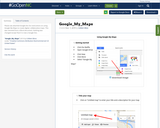
Please see attached Google Doc for instructions on using Google My Maps to create digital, collaborative maps. This was remixed from a Word document. Nothing was changed except that it is now a Google Doc.
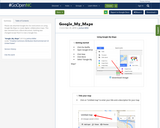
Please see attached Google Doc for instructions on using Google My Maps to create digital, collaborative maps. This was remixed from a Word document. Nothing was changed except that it is now a Google Doc.
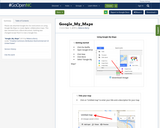
Please see attached Google Doc for instructions on using Google My Maps to create digital, collaborative maps. This was remixed from a Word document. Nothing was changed except that it is now a Google Doc.

In this lesson, the students will make a creation using colored construction paper and then be able to produce and express a correlation between their particular creation and different qualities of movement, by transfering their feelings and/or emotions into a movement combination.
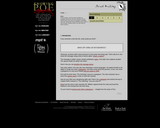
Students have the opportunity to decipher hidden messages. Students practice decoding cryptograms.This interactive resource is a component of the Knowing Poe web resource. The lesson is designed to accompany a study of Edgar Allen Poe, who enjoyed using secret writing.
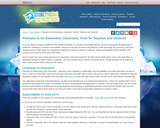
This article provides an overview of podcasts and suggestions for using podcasts in the elementary classroom.
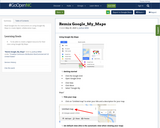
Read Google Doc for instructions on using Google My Maps to create digital, collaborative maps.
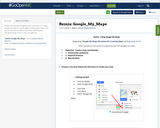
Please see attached Google Doc for instructions on using Google My Maps to create digital, collaborative maps. This was remixed from a Word document. Nothing was changed except that it is now a Google Doc.
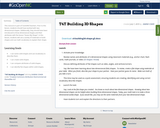
This resource is part of Tools4NCTeachers.
Prior to this lesson, students should have worked with two-dimensional shapes. Additionally, they should have been introduced to three-dimensional shapes and their attributes with the lesson "Guess My Shape".
In this lesson, students will use a variety of materials to build shapes and use math vocabulary to explain their shape.
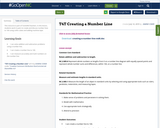
This resource is part of Tools4NCTeachers.
In this lesson, students work in pairs to create and discuss number lines to 100 using unifix cubes and adding machine tape.
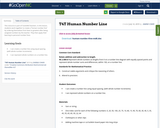
This resource is part of Tools4NCTeachers.
In this lesson, students work together to create a "human number line" by ordering themselves from least to greatest after being assigned numbers by the teacher. They then apply their learning to personal number lines.

This resource is from Tools4NCTeachers. This file contains a set of 8 tasks (including scoring rubric and support materials). The tasks may be used for instruction or assessment. The tasks focus around representing, interpreting and reading 3-digit numbers based on place value.Remix this resource to include student work samples or addtional tasks.

Students engage in a character study of the numerous figures created by Charles Dickens in A Tale of Two Cities. Students first compare and contrast several forms of communication: email, text message, and telephone. They then complete a character study chart that breaks down physical background, character traits, social status/background, unanswered questions about the character, and a final judgment about the character. Next, students will create text messages between numerous characters that show the relationship between the characters, their background, and plot points that they are involved in. The lesson concludes with students sharing their text messages and a discussion of the rationales behind their choices.

In this recurring lesson, students watch an artistic video clip and use the words in their current vocabulary lesson to process the content through several types of creative writing. This gives students a chance to write in a unique voice and to understand the meaning of their vocabulary words in a new context. They also have the opportunity to analyze their peers' use of the vocabulary when they read and discuss each other's stories.

This link goes to an interactive orchestra you can use with any age group. It breaks it down into the instrument families and then by instrument. (Conductor included)